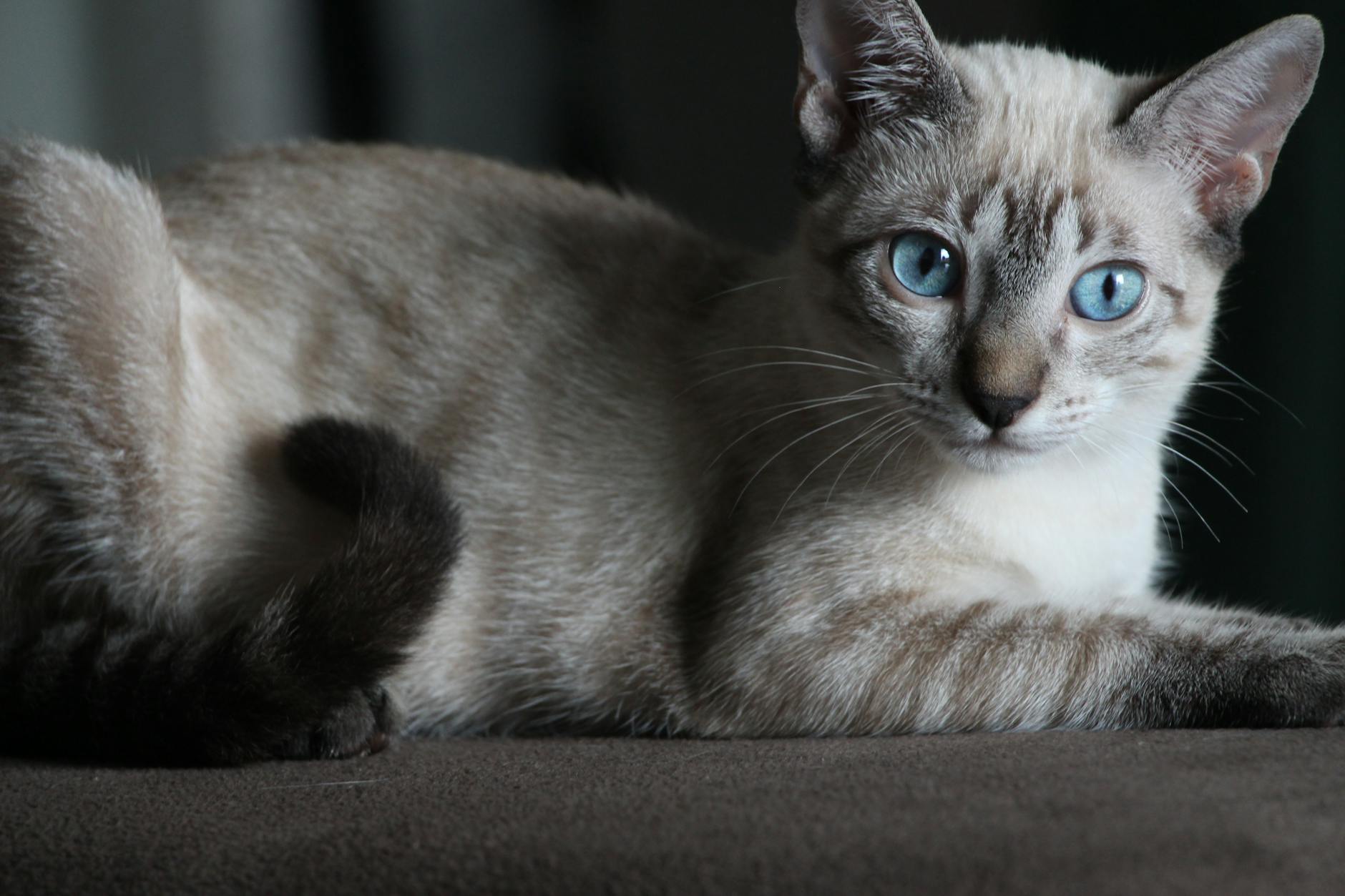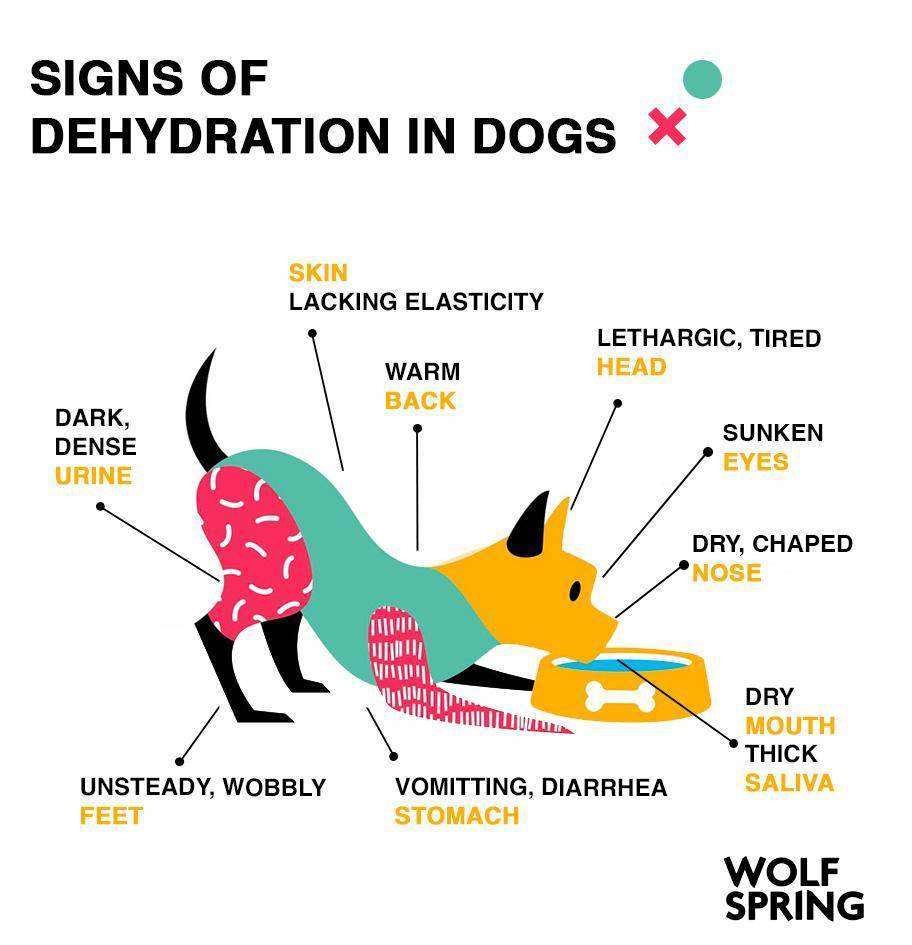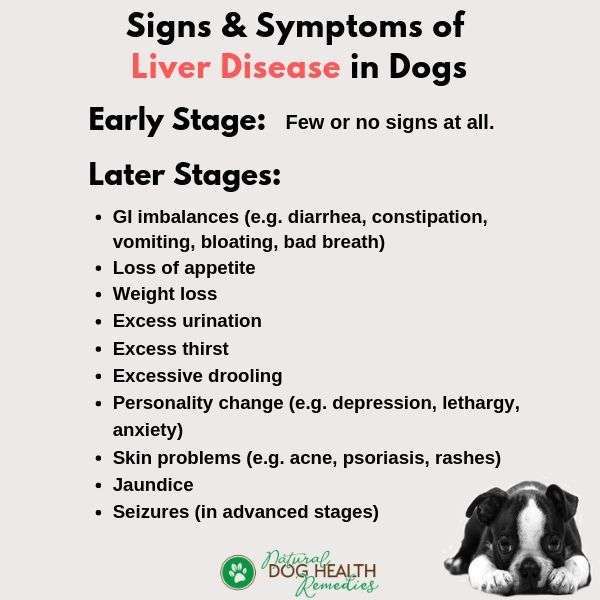If you want to know how many days can a cat go without food then you have reached the right place. Here is a simple and easy way to find out the answer.
- Cats can survive without food for about 7-10 days.
- Lack of water is more critical; cats can only last 3-4 days without it.
- Starvation leads to a life-threatening liver condition called hepatic lipidosis.
- Symptoms of starvation include lethargy, weakness, and dehydration.
- Young, old, or sick cats are at higher risk and may deteriorate faster.
- Never force-feed a cat; it can cause more harm.
- If a cat refuses food for more than 24 hours, it's essential to consult a vet.
Cats, like all living beings, require sustenance to survive. But sometimes, due to illness, stress, or other reasons, a cat might refuse to eat. Understanding how long they can go without food is crucial for their well-being.
1. The Critical Duration
- Survival Time: On average, cats can survive without food for about 7-10 days. However, this doesn't mean they should.
- Water is Essential: While they can go without food for several days, the absence of water is more critical. Cats can only survive 3-4 days without hydration.
2. The Risks of Prolonged Fasting
- Hepatic Lipidosis: One of the most significant risks of prolonged fasting in cats is hepatic lipidosis, a severe liver condition.
- Body's Response: When a cat doesn't eat, its body starts using fat reserves for energy. This fat is sent to the liver, which can overwhelm it.
3. Recognizing the Symptoms
- Signs of Starvation: Lethargy, weakness, dehydration, and sunken eyes are some symptoms indicating a cat is suffering from lack of food.
- Behavioral Changes: A cat might become more vocal, aggressive, or hide due to the stress of not eating.
4. Vulnerable Cats
- Higher Risks: Kittens, elderly cats, and those with pre-existing medical conditions are at a higher risk and might deteriorate faster without food.
5. What Not to Do
- Force-feeding: It might seem like a solution, but force-feeding a cat can lead to more complications and stress.
6. Seeking Medical Help
- 24-Hour Rule: If a cat refuses food for more than 24 hours, it's time to consult a veterinarian.
- Medical Examination: A vet can determine the cause of the refusal to eat and provide appropriate treatment.
In short while cats have a survival mechanism that allows them to go without food for several days, it's essential to recognize the risks and symptoms of starvation. Regular monitoring, understanding their needs, and seeking timely medical intervention can ensure the health and longevity of our feline companions.
There are several questions that arise in our minds when we think of the nutrition of our pets.
Do they eat the same food that we eat?
If yes, then what should be the quantity? Is it okay to feed them with dry food? What should be the best time to feed them?
Here I am going to share some information about cat’s nutrition and also I am going to tell you about how many days can a cat go without food.
What is the nutrition of a cat?
A cat’s nutrition is similar to human’s nutrition. A cat needs to eat every three hours. So, if you feed your cat at 8 o’clock in the morning then it means that he/she will not eat for 12 hours.
How many days can a cat go without food?
There are different answers to this question. You can ask a vet or a nutritionist. But, here I will tell you about two days.
If a cat eats every two hours then it will eat every six hours. So, if you feed your cat at 8 o’clock in the morning and at 3 o’clock in the afternoon then it will not eat for two days. The average cat can survive 1 to 2 week without food.

The Delicate Balance of Feline Survival
Understanding a Cat's Dependency on Food Cats, like all creatures, have a fundamental reliance on food for survival. Their bodies are designed to derive energy from their diet, and any prolonged absence of food can lead to severe health complications.
Starvation and Its Implications
- Body's Reaction: When cats don't receive food, their bodies begin to use stored fat for energy. However, the rapid conversion of this fat can overwhelm their liver, leading to potential liver damage.
- Hepatic Lipidosis: This is a life-threatening condition where the liver becomes infiltrated with fat and can't function correctly. It's one of the most severe risks associated with prolonged fasting in cats.
Spotting the Symptoms Early intervention is crucial to prevent irreversible damage. Symptoms to watch out for include:
- Physical Signs: Lethargy, dehydration, and noticeable weight loss.
- Behavioral Changes: Increased aggression, vocalization, or hiding.
The Role of Medical Intervention If a cat shows signs of starvation or refuses food for an extended period:
- Immediate Vet Consultation: It's essential to consult with a veterinarian to determine the underlying cause and get appropriate treatment.
- Supportive Care: This might include fluid therapy, nutritional support, and medications to stimulate appetite.
In Essence :
Cats have a remarkable survival instinct, but they are not immune to the detrimental effects of food deprivation. Recognizing the signs of starvation and understanding the importance of timely medical intervention can be the difference between life and death for our feline friends.
I hope you liked the post. I have shared with you some simple ways to know how many days can a cat go without food.

















